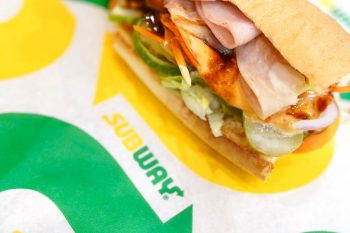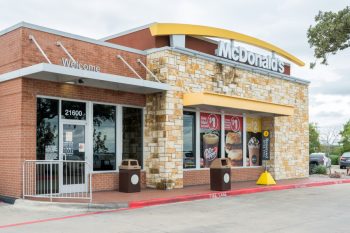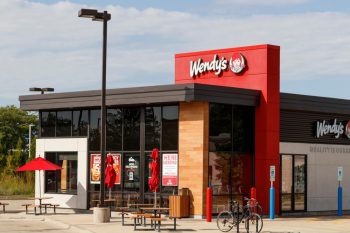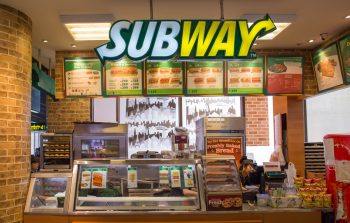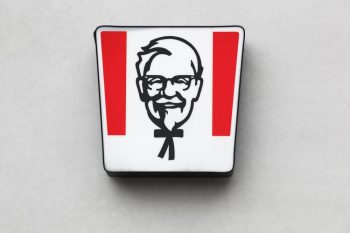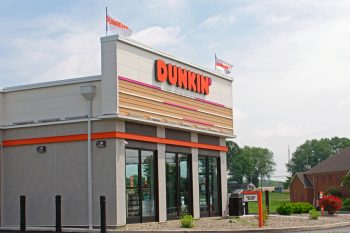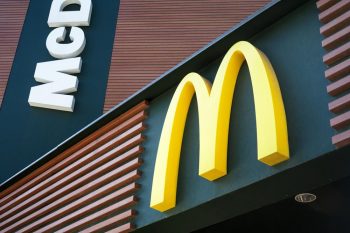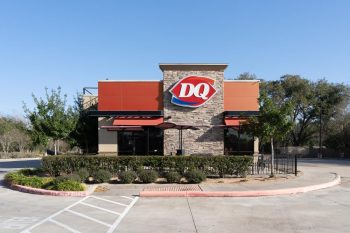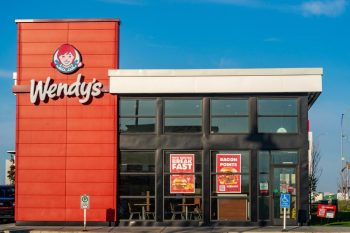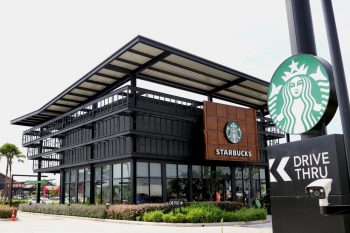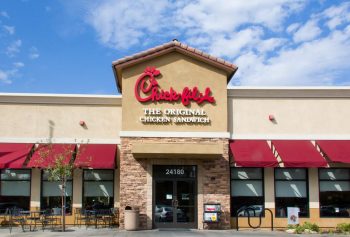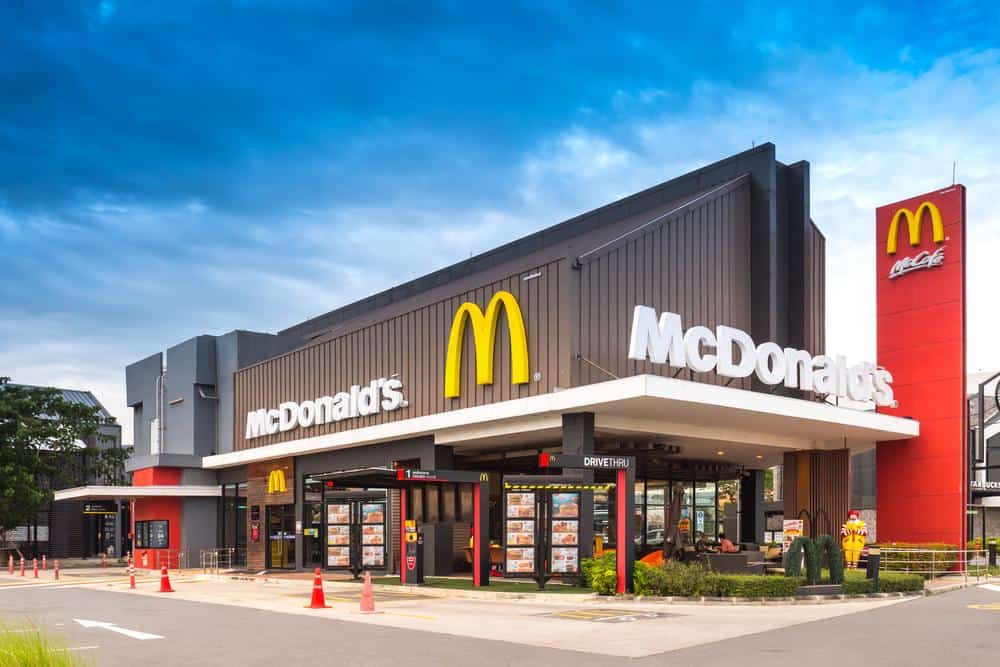
McDonald’s, the world’s largest chain of fast-food restaurants, is as much a real estate company as it is a fast-food giant. While known globally for its burgers and fries, the company’s real estate portfolio is one of its most valuable assets, worth an estimated $42 billion. In fact, 36% of its $23 billion in revenue comes from franchisees paying rents. This unique business model has played a pivotal role in the company’s global success and growth.
McDonald’s is considered a real estate business because it owns the land and buildings for a significant number of its restaurant locations. It then leases these properties to its franchisees, providing a stable and predictable revenue stream. This real estate portfolio contributes significantly to McDonald’s overall revenue and is a key part of its business model. This strategy has allowed McDonald’s to maintain control over its operations, minimize liabilities, and fuel global expansion.
The Evolution of McDonald’s as a Real Estate Business
The evolution into a real estate business started in the 1950s with Ray Kroc, the man responsible for McDonald’s global expansion. At the time, Kroc was struggling to make the business profitable until he hired Harry Sonneborn, who proposed a brilliant idea – the real money was in real estate.
Sonneborn’s idea was to have the McDonald’s company lease a plot of land and the building for each restaurant and then sublease it to the franchisee. This strategy allowed McDonald’s to generate a stable and predictable revenue stream from rent and royalty income received from franchisees while maintaining low operational costs. As a result, Kroc created a new company, the ‘McDonald’s Real Estate Corporation,’ which acquired land and leased it out to franchise partners.
The Revenue from Real Estate
McDonald’s real estate holdings are worth around $42 billion, and 36% of its $23 billion in revenue comes from franchisees paying rents. The company’s real estate assets, worth around $41.9 billion before accounting for depreciation, make it the 6th largest public real estate company in the world.
The Real Estate Business Model
McDonald’s model of owning land and leasing it to franchisees works by the company purchasing or leasing land and buildings for its restaurant locations. McDonald’s owns about 45% of the land and 70% of the buildings at their 36,000+ locations, while the rest is leased. The franchisee is responsible for insurance and taxes, ensuring a steady profit for the company as long as the restaurant stays in business.
The Benefits of the Real Estate Business Model
The real estate business model has given McDonald’s a steady revenue stream, control over growth and quality, long-term investment and profit, reduced liabilities, and the ability to harness local knowledge from its franchisees. This strategy has been a key driver of McDonald’s global success.
Comparisons with Other Fast Food Chains
Unlike many other fast food chains like Burger King, Wendy’s, and Subway that primarily focus on their food business, McDonald’s has a significant emphasis on real estate. This model insulates the company from the ups and downs of the food business, as it can collect rent from its franchisees even during periods of lower sales.
Risks Associated with the Real Estate Business Model
Despite the benefits, McDonald’s also faces risks due to its real estate business model. These risks include overcharging franchisees, negative impacts on customers and workers, real estate market volatility, and challenges in maintaining control and quality standards.
Impact on Growth and Sustainability
McDonald’s real estate model has significantly contributed to its growth and sustainability. By owning the land and leasing it to franchisees, McDonald’s has expanded to nearly 35,000 stores in 119 countries.
Lessons for Other Businesses
Other businesses can learn several lessons from McDonald’s real estate model. These include diversifying revenue streams, maintaining control over operations, leveraging real estate for growth, minimizing liabilities, and adapting to changing market conditions.
Conclusion
In conclusion, McDonald’s is more than just a fast-food giant. It’s a real estate behemoth that has used its extensive property holdings to generate a steady stream of revenue, control the quality and consistency of its outlets, and fuel its global expansion. By understanding McDonald’s real estate business model, other businesses can gain insights into how to diversify their revenue streams, control their operations, and drive growth.
Frequently Asked Questions
How much of McDonald’s revenue comes from its real estate business?
Approximately 36% of McDonald’s revenue comes from rents paid by franchisees, making a significant part of their business model.
Does McDonald’s own all the real estate where its restaurants are located?
No, McDonald’s owns about 45% of the land and 70% of the buildings at their 36,000+ locations. The rest is leased.
Why does McDonald’s focus so much on real estate?
The real estate model gives McDonald’s a steady revenue stream, control over growth and quality, long-term investment and profit, reduced liabilities, and the ability to harness local knowledge from its franchisees.
Are there any risks associated with McDonald’s real estate business model?
Yes, despite the benefits, McDonald’s faces risks such as overcharging franchisees, negative impacts on customers and workers, real estate market volatility, and challenges in maintaining control and quality standards.
How has McDonald’s real estate model contributed to its growth and sustainability?
By owning the land and leasing it to franchisees, McDonald’s has expanded to nearly 35,000 stores in 119 countries. This model has significantly contributed to its growth and sustainability.
What lessons can other businesses learn from McDonald’s real estate model?
Other businesses can learn to diversify revenue streams, maintain control over operations, leverage real estate for growth, minimize liabilities, and adapt to changing market conditions from McDonald’s real estate model.

